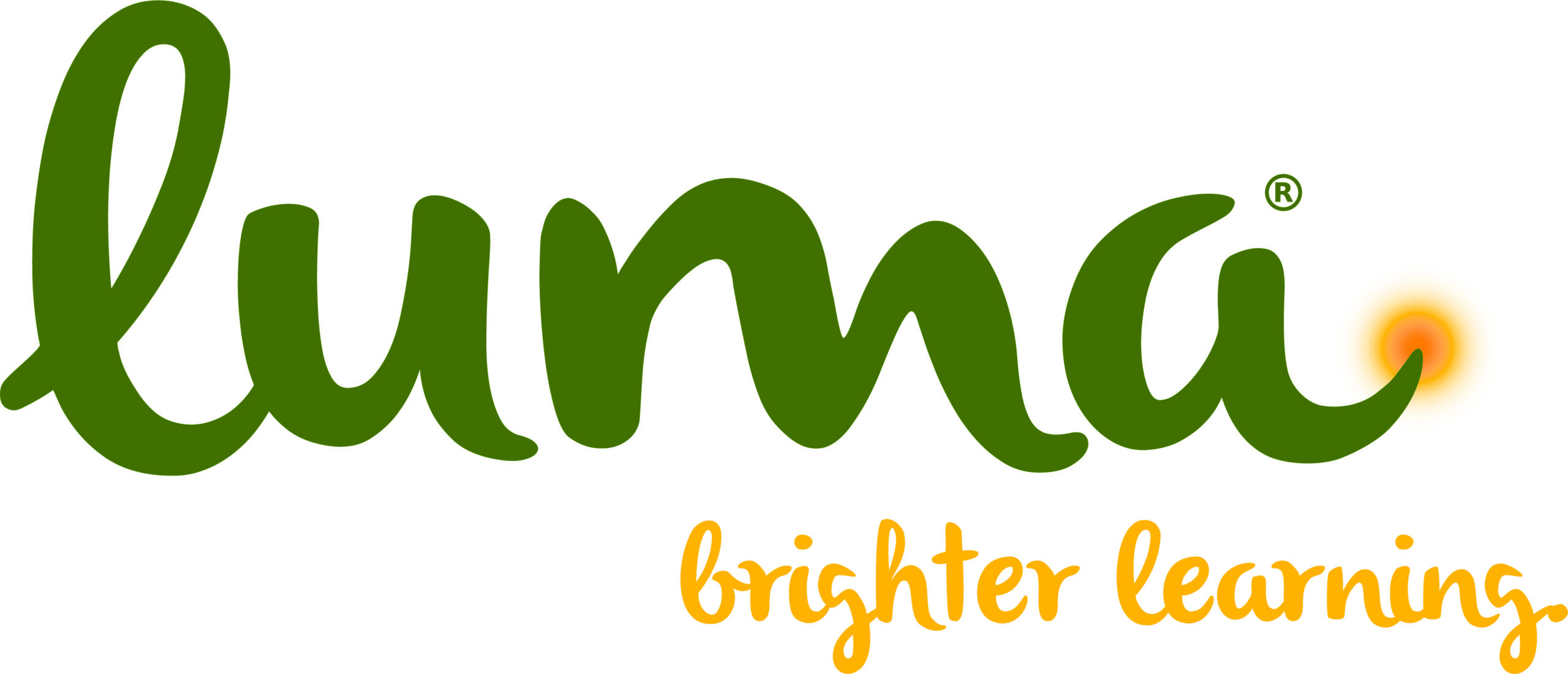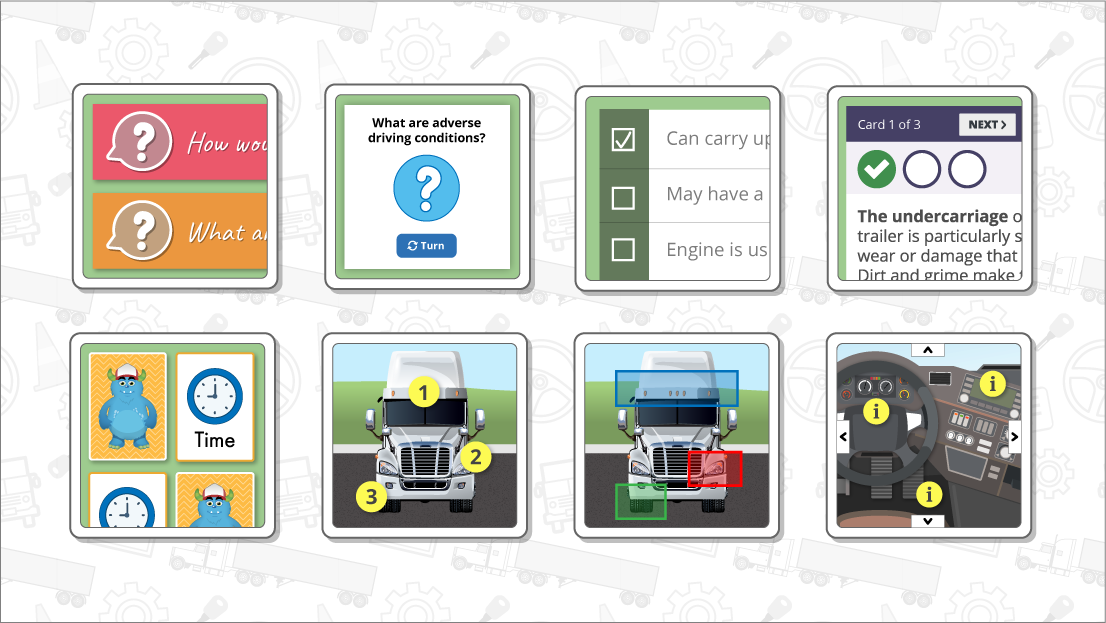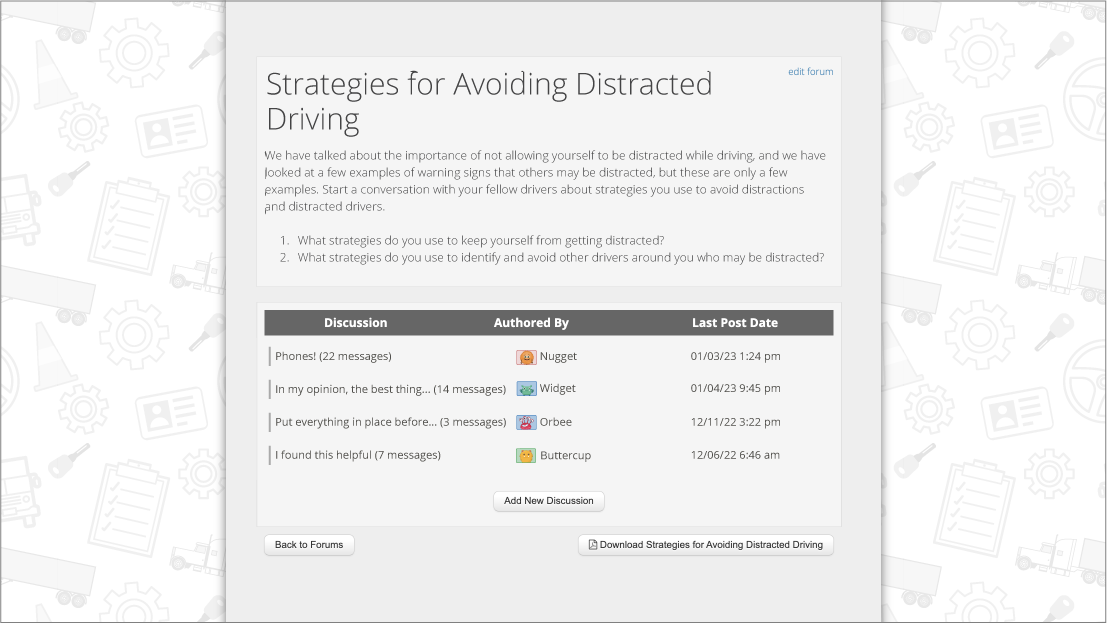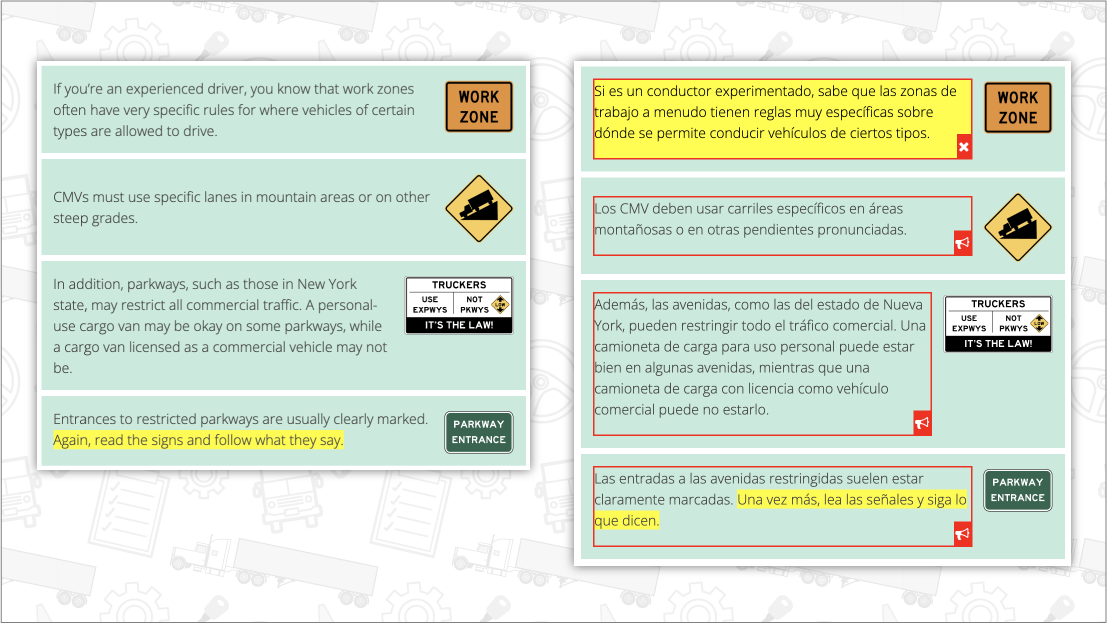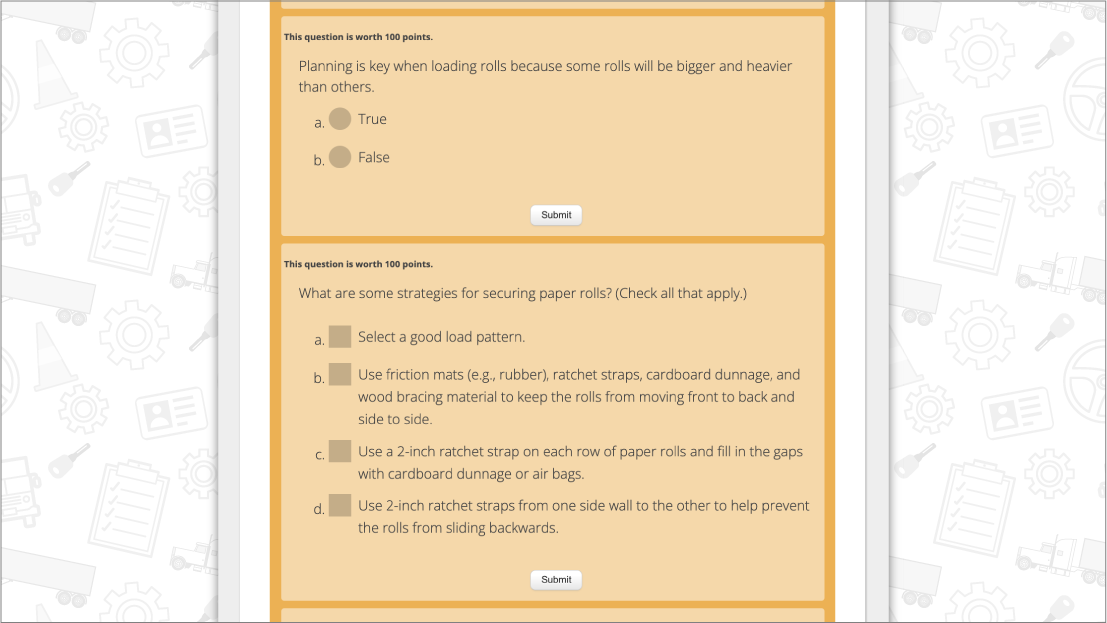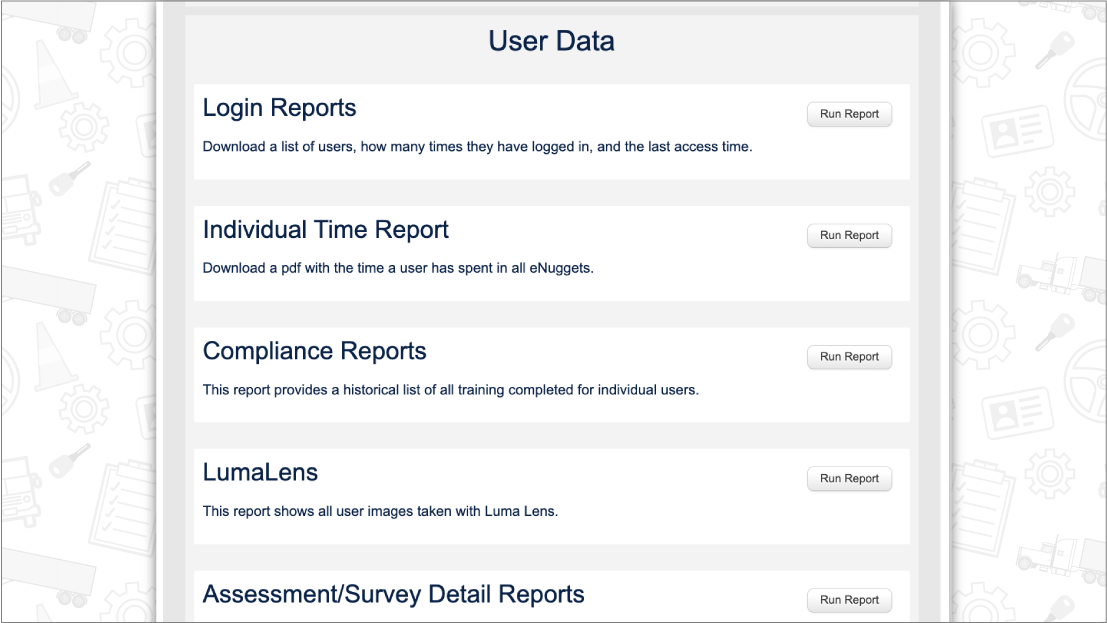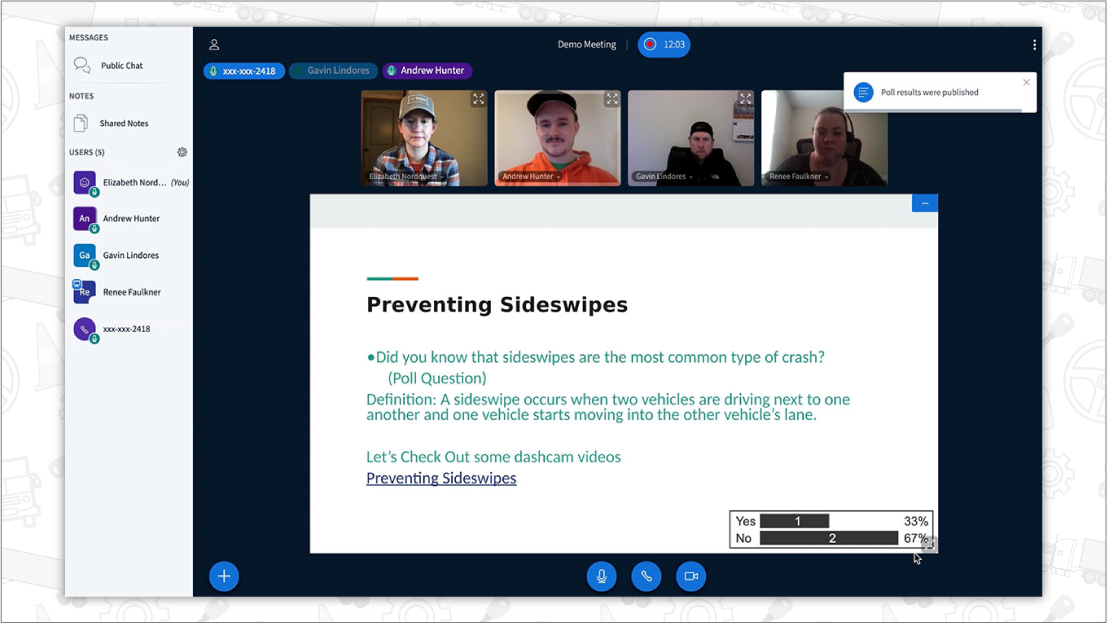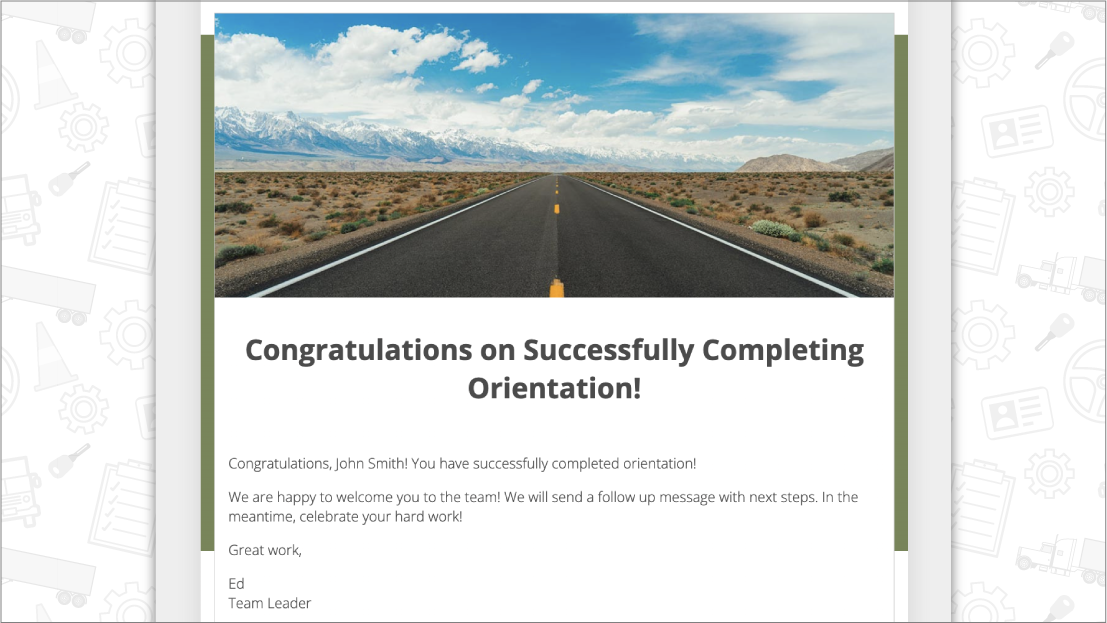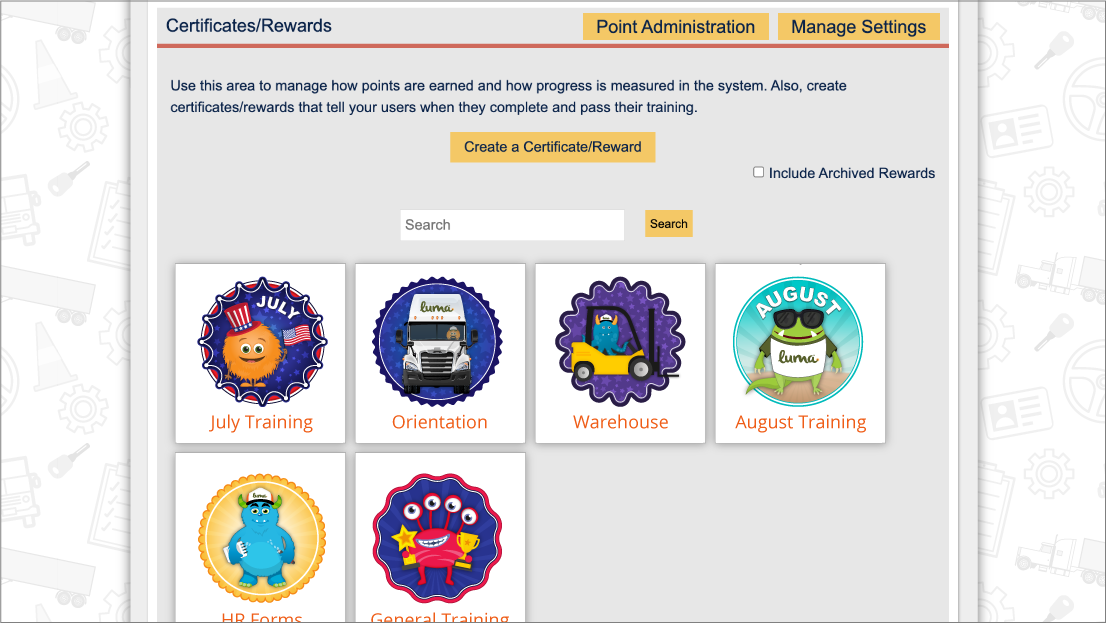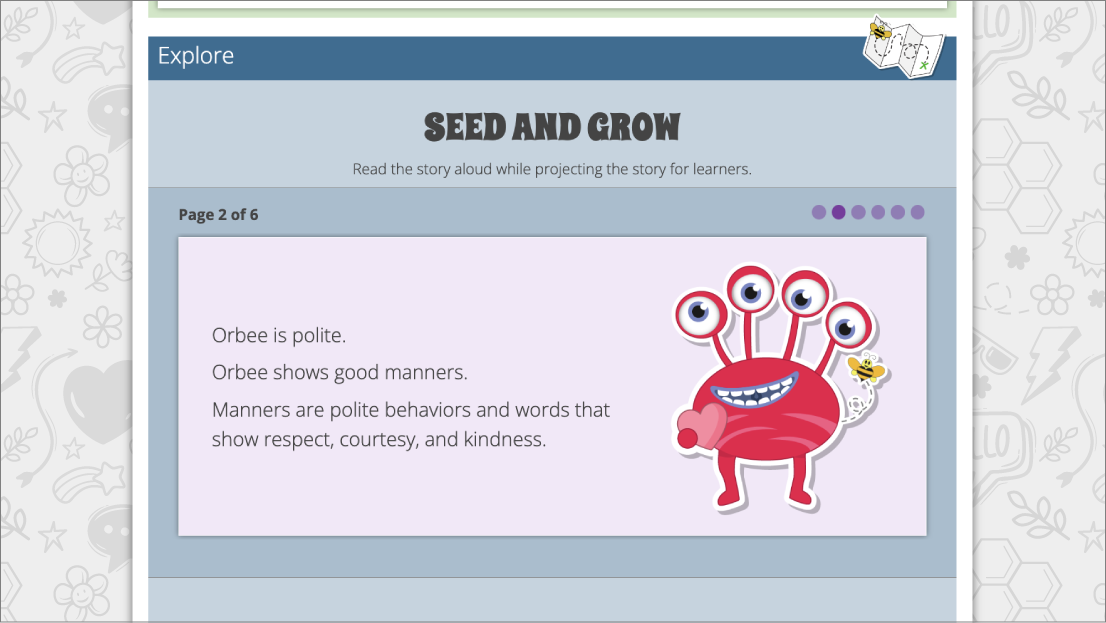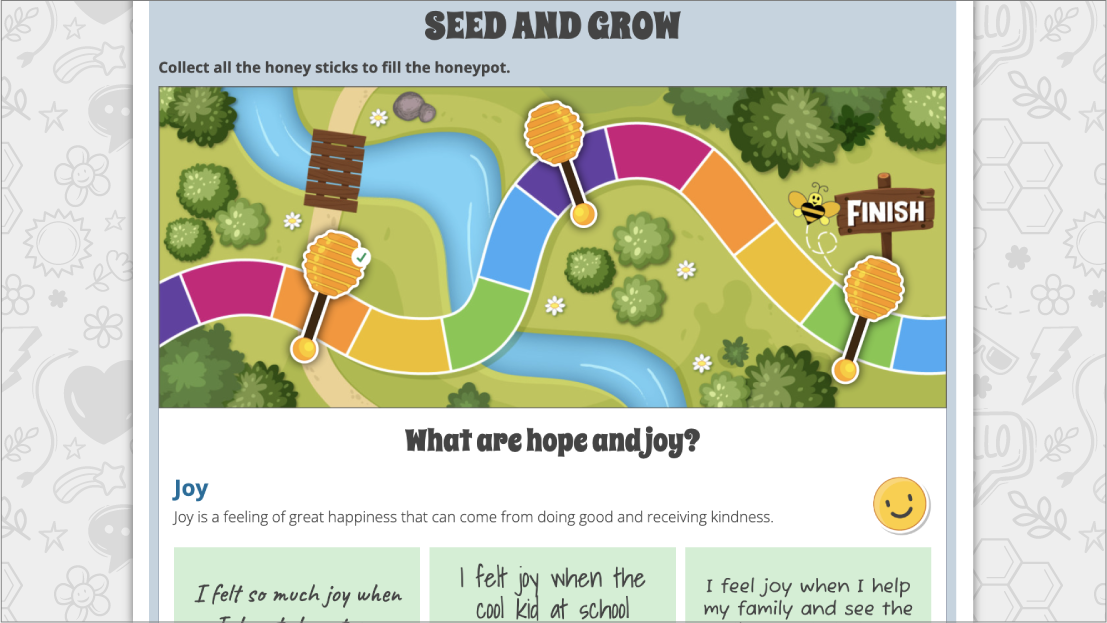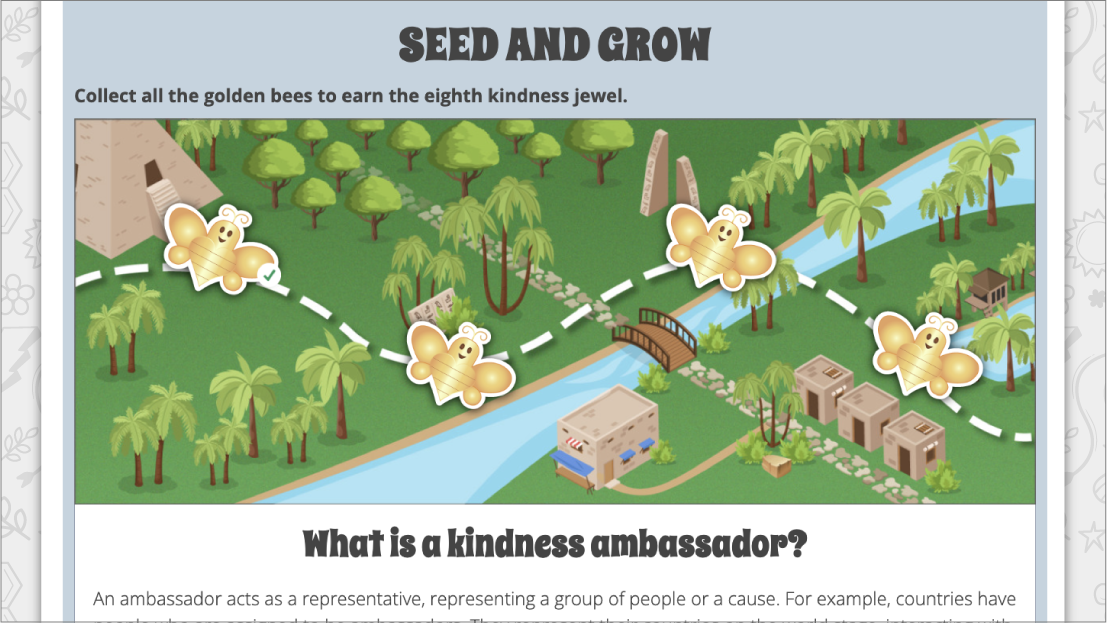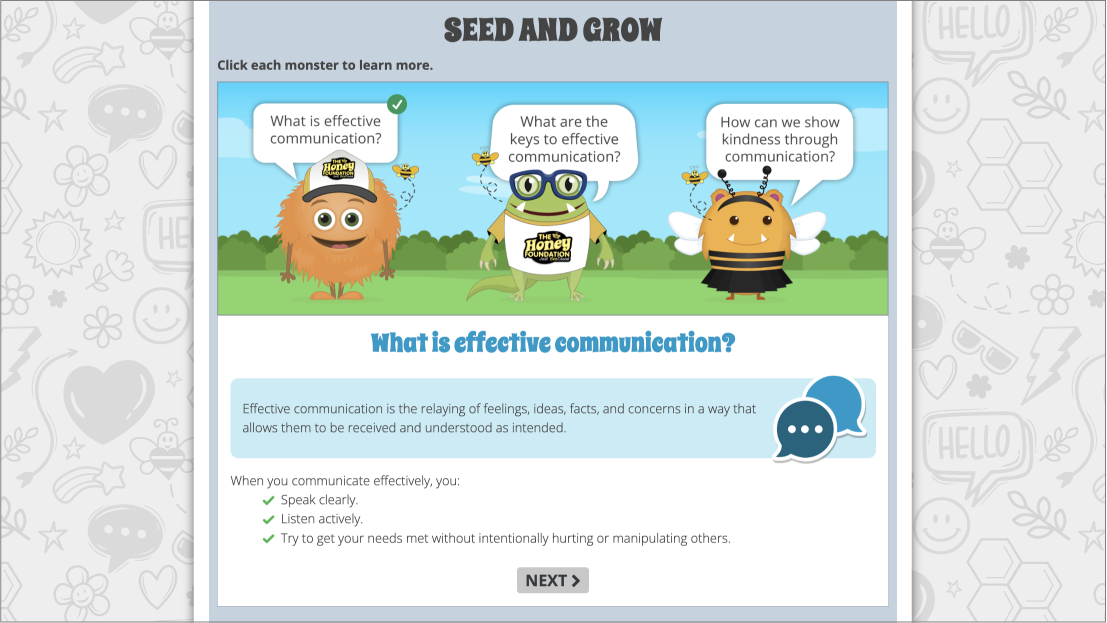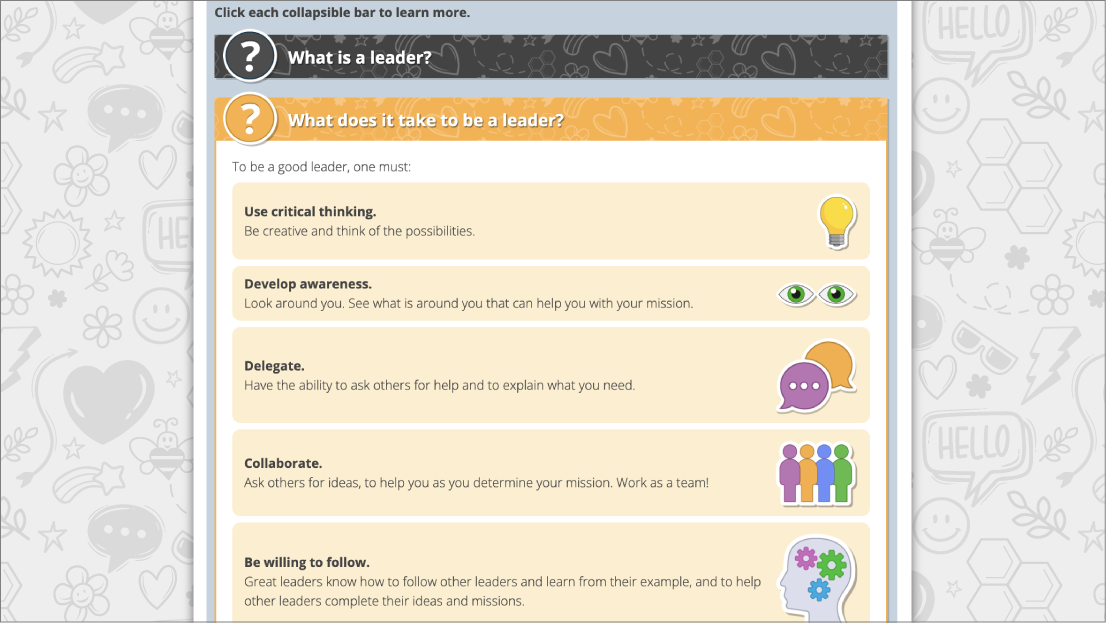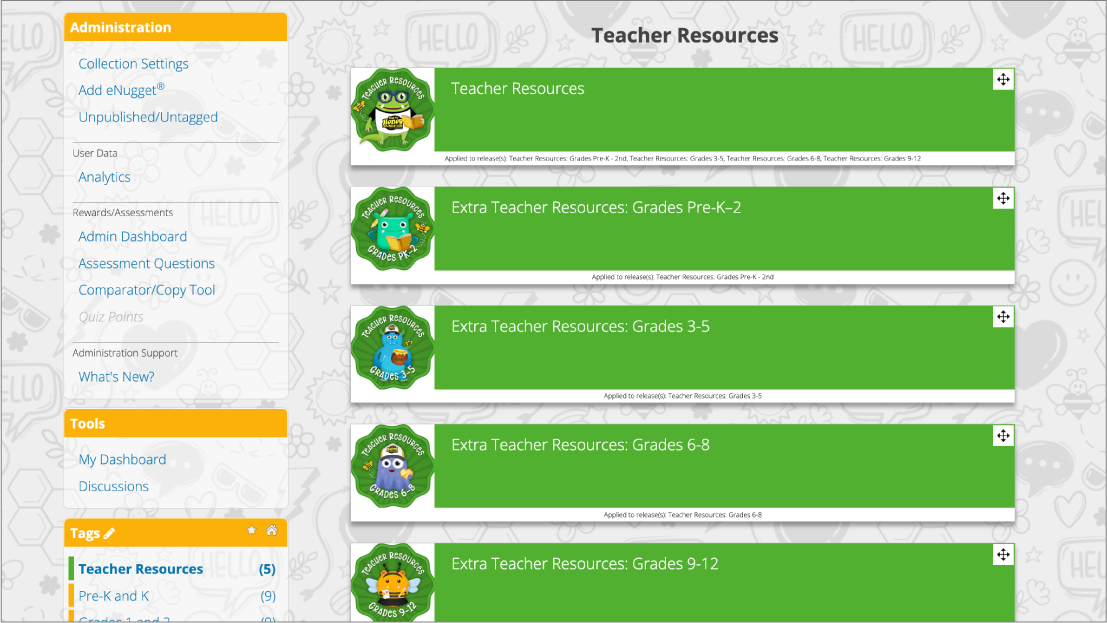
Luma “Brighter Learning” Releases Interactive Game-Based Hazmat Training
Hazmat training can be overwhelming. The 400 page Department Emergency Response Guidebook is filled to the brim with important content, but how can carriers make sure their drivers retain the information? Luma used their proprietary E2A Instructional Model to break down the complex hazmat guide into a format that will help drivers learn. How did we do it?
Most hazmat training is delivered passively through video or a PowerPoint. Our research shows that 70% percent of drivers ask for a mixture of content and not just video.
For example, to learn about hazardous classes, drivers match the correct classes in a game. They get repeated practice, which also helps with efficiency.
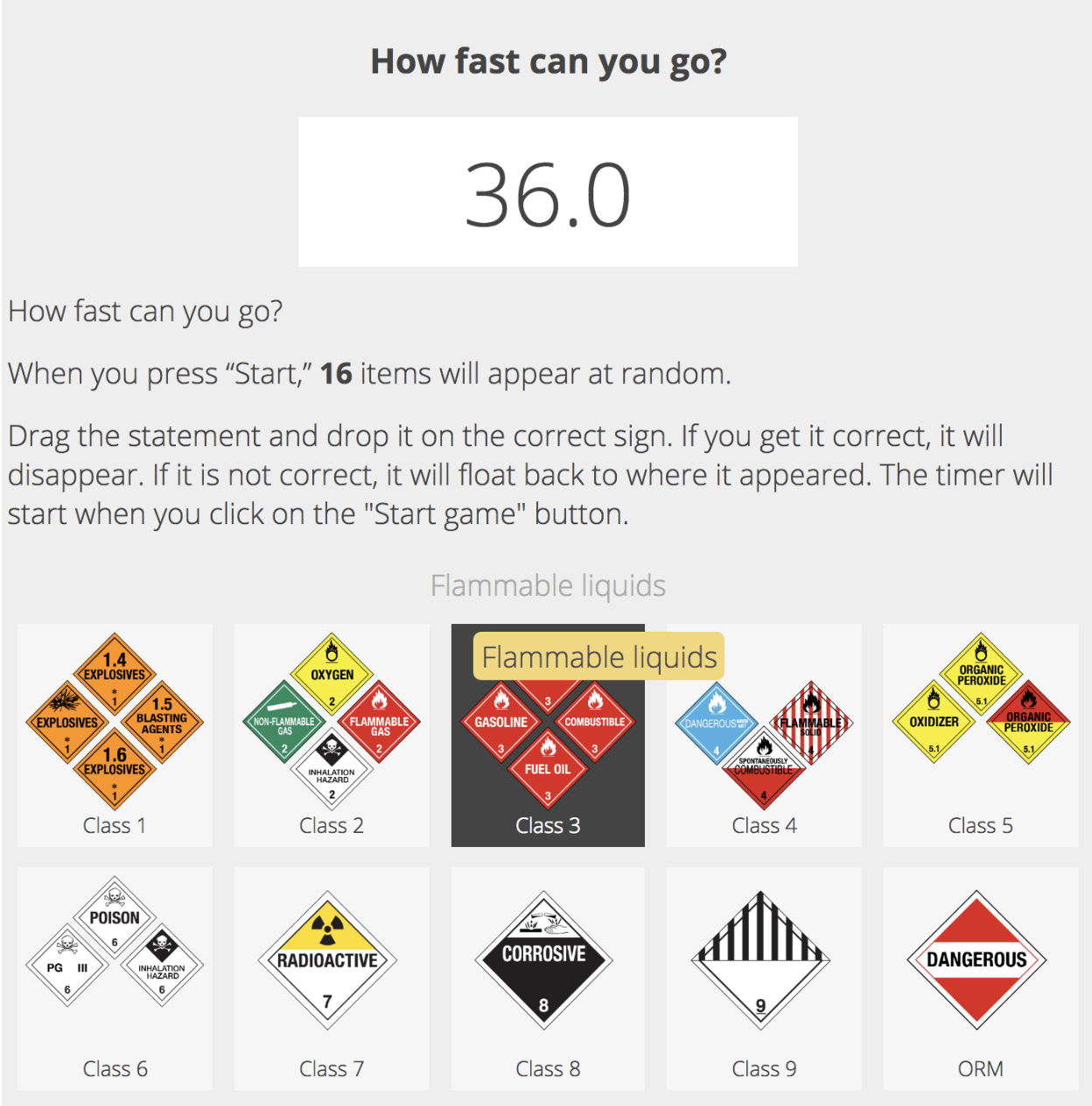
The content is broken down into an eNugget®, or a small bit of electronic content, instead of flipping through 400 pages of PDF content.
Drivers can quickly search for emergency response information on any device.
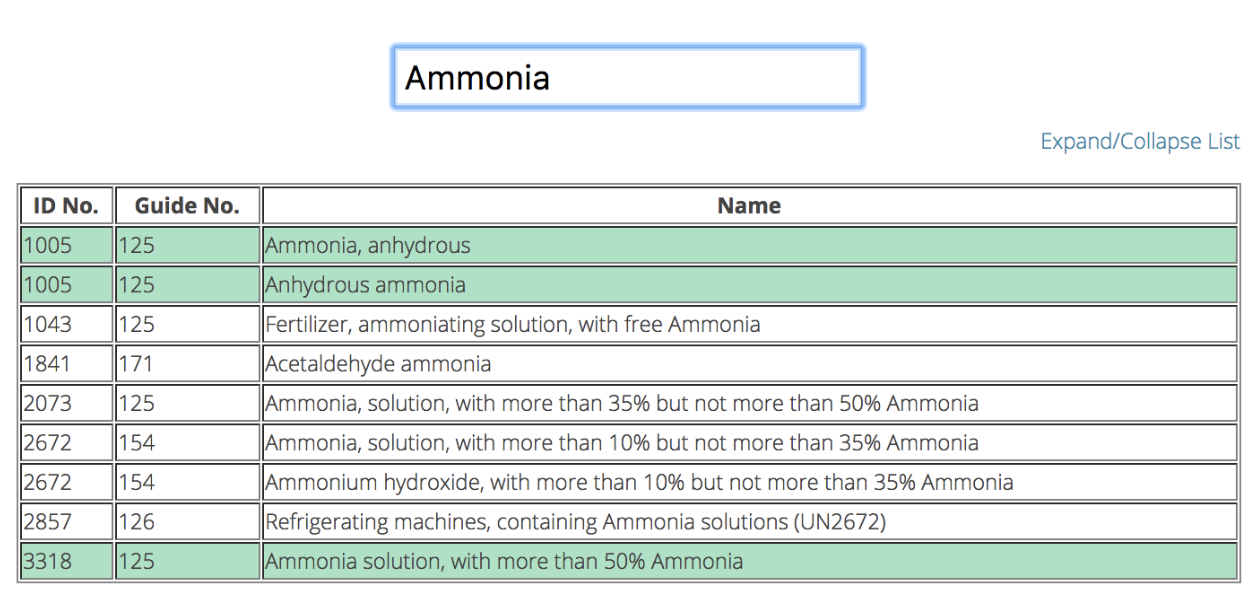
Luma provides both a print version and an interactive version. Our research shows it is important for retention of content to differentiate the learning tools, mediums, and type of training offered.
Drivers can choose to have the content read to them or switch to their native language with an embedded translator.
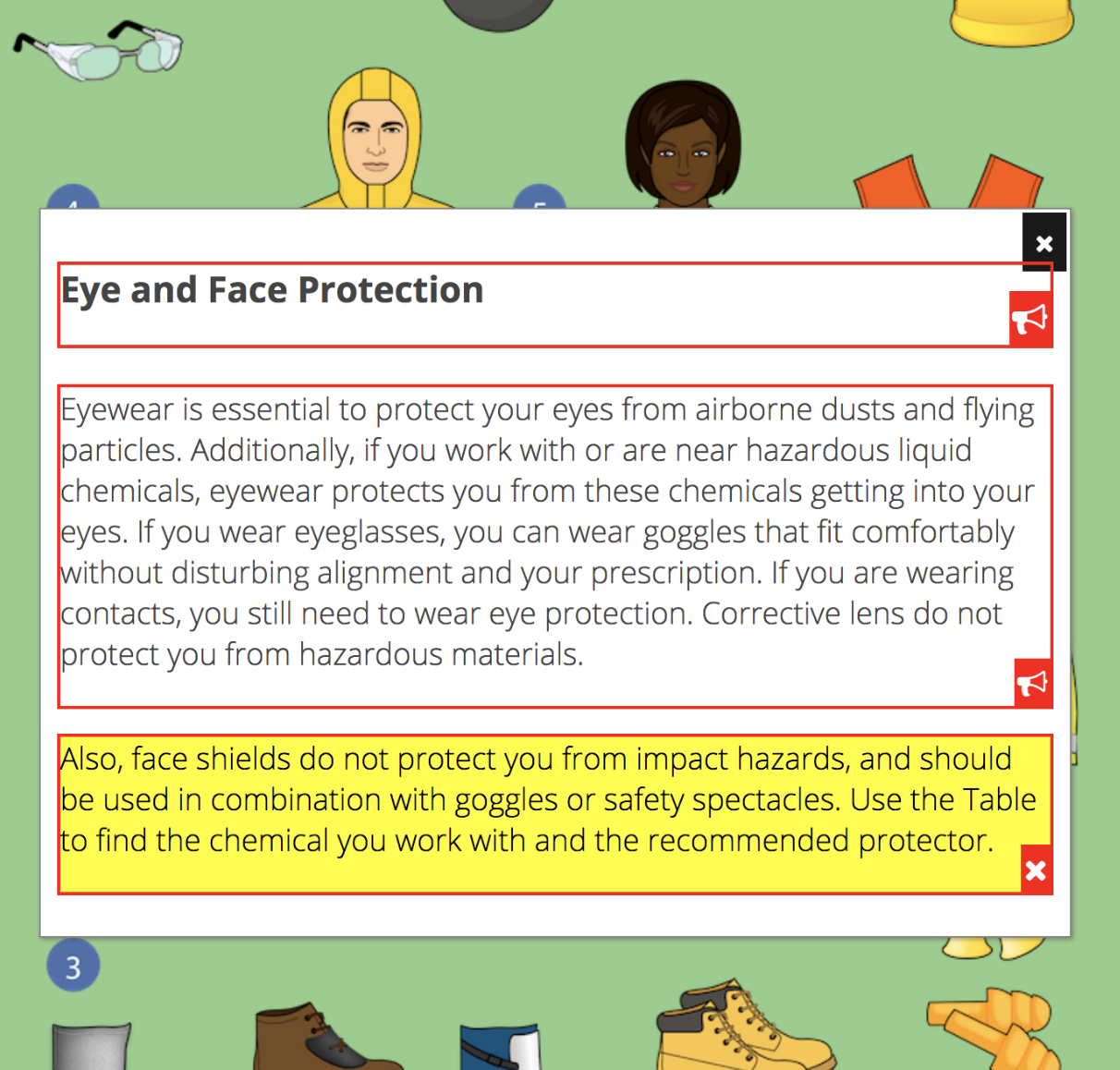
Clark, R., Nguyen, F., & Sweller, J. (2006). Efficiency in learning: Evidence-based guidelines to manage cognitive load. San Francisco, CA: John Wiley & Sons, Inc.
Ebbinghaus, H. (1885/1962). Memory: A contribution to experimental psychology. New York: Dover.
Lopatecki, J., Rose, A., Hughes, J., & Wilson, B. (2017). U.S. Patent No. 9,612,995. Washington, DC: U.S. Patent and Trademark Office.
Merrill, M. D. (2012). First principles of instruction: Identifying and designing effective, efficient, and engaging instruction. Hoboken, NJ: John Wiley & Sons, Inc.
Smith, E. E., Kosslyn, S. M., & Barsalou, L. W. (2007). Cognitive psychology: Mind and brain (Vol. 6). Upper Saddle River: Pearson/Prentice Hall.
